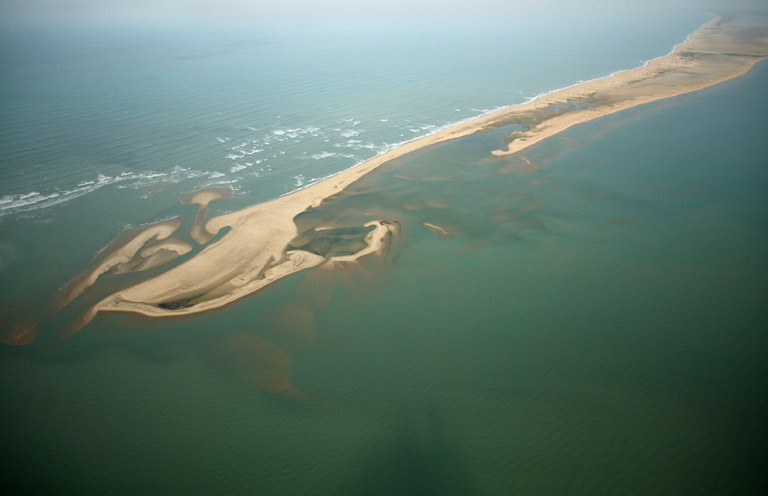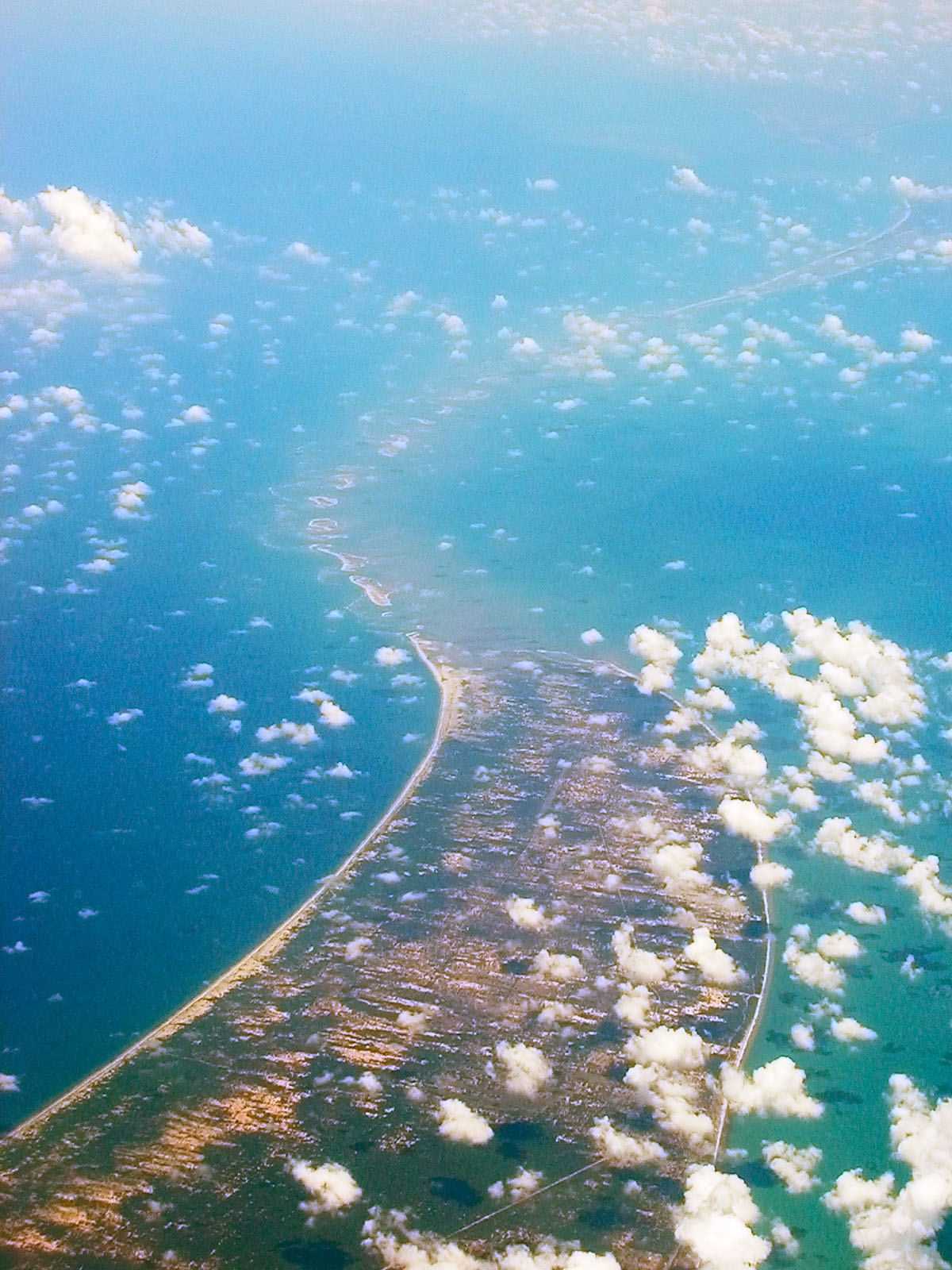ICHR to find out whether Ram Setu is natural or man-made

Ram Setu is a sacred structure for millions of Hindus who believe that it was built by Ram.
Ram Sethu (Ram’s Bridge aka Adam’s Bridge) has captured the imagination of Indians for a long time. Some believe that it is a miracle of the nature. Others insist that it is built by Lord Ram. While the bridge has been around for several millennia, there is still no consensus on its origin.
Is Ram Setu a natural phenomenon or a man-made structure? Well, ICHR (Indian Council of Historical Research) may soon find out. Eminent archeological researchers and historians of the country are going to conduct an underwater exploration with the objective of finding out whether the ‘bridge’ is a natural phenomenon.

An aerial view of Ram Setu
Ram Sethu is a chain of limestone shoals between Pamban Island off the south-eastern coast of Tamil Nadu and Mannar Island off the north-western coast of Sri Lanka. Several centuries ago, the bridge served as a land connection between India and Sri Lanka. The bridge is approximately 30 kilometers long. Some parts of it are still above the water. In other parts, the sea is very shallow. Historical records claim that the whole of the bridge was above sea level until a cyclone wreaked havoc on it in the 15th century. The storms deepened the channel and in some areas the sandbanks are now 3 to 30 ft below sea level. Consequently, it is no longer possible to pass the bridge on foot. The shallow waters also hinder navigation.
Origin of Ram Setu
Poet-saint Valmiki talks about a bridge built by the vanaras (apes) in his epic Ramayana. The location of the bridge mentioned in the Ramayana exactly matches its actual location. The vanaras built the bridge to connect India and Sri Lanka so that their master Ram can reach Lanka and rescue his wife Sita who had been abducted by Ravana, the King of Lanka. According to the legend, the vanaras threw huge stones into the sea and they floated because they had the name Sri Ram written on them. Interestingly, the stones recovered from the bridge still float in water and scientists have not yet been able to explain this strange phenomenon. The verse 2-22-76 of Ramayana talks of Setubandhanam or the building of a bridge across the sea. That name still persists and the sea between India and Sri Lanka is still called Setusamudram (the sea with the bridge).
No ministries are so far involved in the Ram Sethu Pilot Project but ICHR hopes to get grants from the central government. The project may also shed light on the civilization that existed in the subcontinent between the 4th millennium BC and 1st millennium BC.
There have been several studies on Ram Sethu and the findings have been contradictory. A study of satellite images captured by NASA in 2002 had claimed that Ram Sethu is a man-made structure. NASA later clarified that the images only reveal a chain of naturally occurring sandbanks approximately 30 kilometers in length.